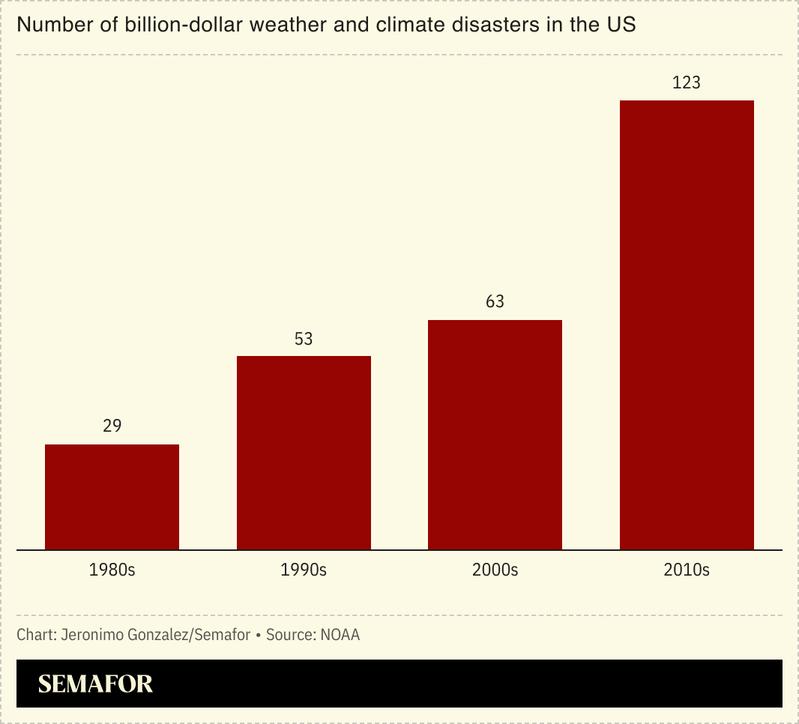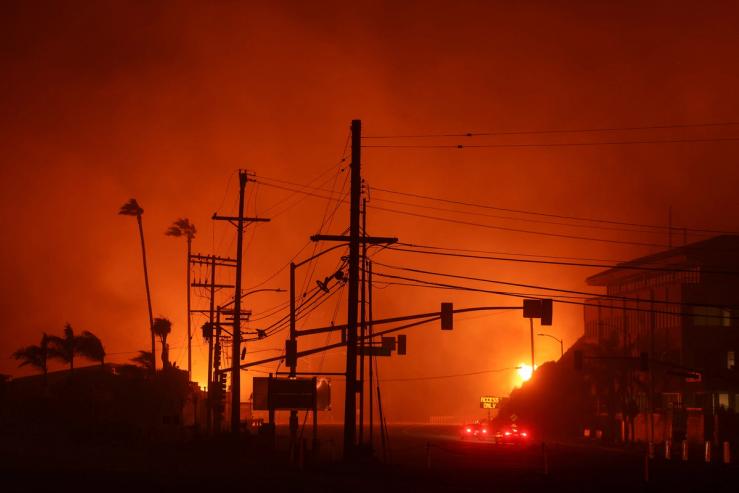The News
Wildfires swept through the suburbs of Los Angeles, prompting authorities to declare a state of emergency and order more than 30,000 people to evacuate their homes. At least five people were reported dead and more than 1,000 structures destroyed in the blaze.
High winds fanned and spread what began as a small fire in the Palisades region, one of California’s most exclusive areas. Various celebrities were among those evacuated or helping firefighters, and several movie premieres were delayed, including that of Golden Globe winner Emilia Pérez. Several other actives fires — one north of Pasadena, one in Hollywood, and another in the San Fernando valley — have also forced tens of thousands of people to evacuate.
Climate change has created drier conditions and earlier snowmelt in California, increasing wildfire frequency, although changing forest management programs may also be a factor.

SIGNALS
Wildfires generate ‘vicious circle’ of climate change, air pollution, and more fire
Across the globe, extreme wildfires have doubled in frequency and intensity in the last 20 years — the six years with the greatest number of extreme fires have all occurred since 2017, The Guardian reported. Aside from the devastating loss of human life, wildlife, and property, the burning of carbon-rich ecosystems is “threatening to create a feedback effect,” whereby wildfires themselves are becoming a source of the emissions that fuel climate change, a wildfire expert told the outlet. Smoke from fires also contains a noxious mix of chemicals that affect human health, the World Meteorological Organization wrote, and with wildfires increasing in intensity globally, smoke also travels across continents — maximizing damage.
Fighting fire with fire may no longer be enough
Controlled burning of forests in the cooler months of the year has been used as an extreme wildfire prevention technique for decades by reducing the amount of kindling available to fuel fires. Mimicking the natural fire patterns of forests, controlled burning has proven “very effective,” a forest science expert told Deutsche Welle. However, with climate change drying out larger areas of the Earth, controlled burning must now be done on a “very large spatial scale to become effective,” he added. After a controlled fire got out of hand in New Mexico in 2022, many states announced a pause in planned burning operations. Newer firefighting methods, such as AI-powered “drone swarms,” are being tested.


